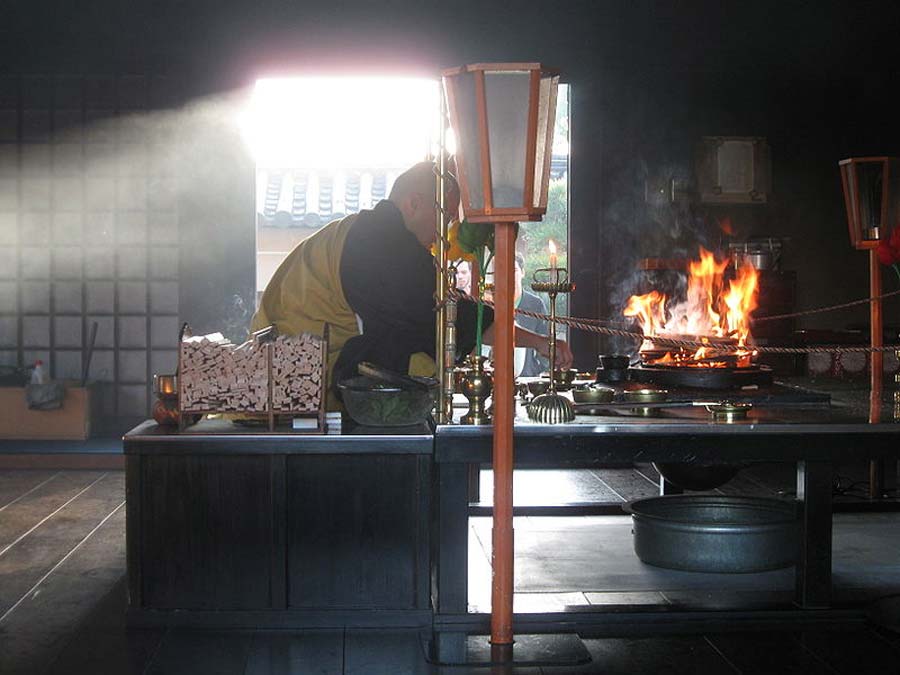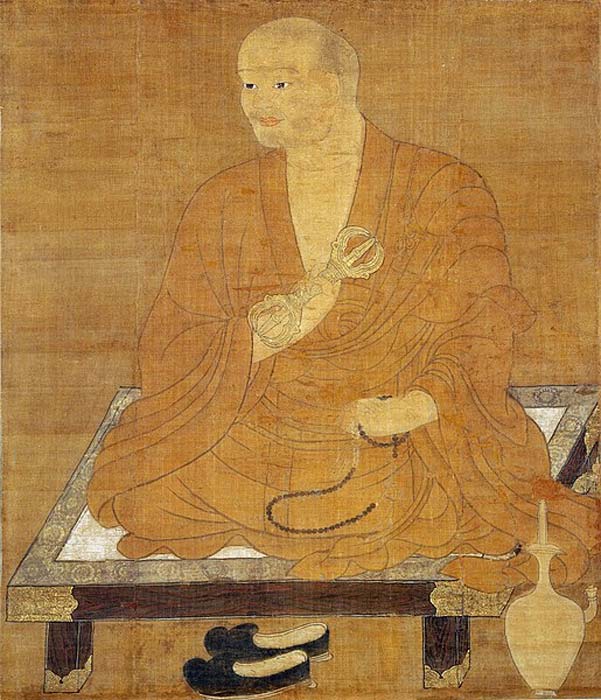Mummies are one of the many relics from our past which have quite a curious undertone in their origins and existence. Movies and TV shows have done an exceptional job in helping us clearly identify what a mummy looks like. Wrapped up in embalming cloth, the art of preserving dead bodies, has long been popularly associated with Egypt.
However, there are other cultures which practice mummification in other parts of the world, most notably Japan. What does Japan have to offer the world in the history of mummification? How prevalent was mummification in Japan and who practiced it?
The Living Monk Mummies
Between the years 1081 and 1903, around 20 monks have been believed to have mummified themselves. The belief underlying the practice of living mummification is “Sokushinbutsu”, which translated to becoming Buddha in the monk’s body. In practical terms, Sokushinbutsu involves dehydrating the body from inside out.

Monks have to follow a strict diet, collected from the nearby Mountains of Dewa. The diet helped the monks in getting rid of moisture, fat and muscles before they are placed in pine boxes. The monks are then left to meditate through their last days on this planet in the pine box.
Other Instances of Mummification on Earth
Before diving into a deeper overview of live mummies in Japan, it is important to know that many other cultures have also practiced mummification. So, what could have been the possible reason for encouraging the practice of mummification?
The answer is found in the beliefs in different religions worldwide, where an imperishable corpse is considered a symbol of divine power. If the body did not perish after death, it apparently showcases the ability for connecting with forces beyond physical realm.
The most common instance of practicing mummification is in Egypt. Mummification in Egypt for royalty was used as a symbol of their power. Many believed that mummification was also an essential ritual for helping the soul of the departed cross the underworld. The discovery of jars of essential items such as food, clothes and even jewelry in Egyptian tombs alongside mummies stand as proof.
But this is very different from the practices in Japan. So, why were these monks determined to be mummified alive?
Where Did It All Start?
The first instance of practicing mummification in Japan was with the Japanese Shingon monks. The Shingon monks of Yamagata are still the most common practitioners of the ritual of live mummification. Only a select few monks who performed the ritual were successful in being mummified alive. The monks perceived the act of live mummification as a sacrificial act for mankind.

According to the monks, the act of live mummification would take them on the path to become Buddha in the body they have received for this life. Monks believed that the practice of mummifying alive lets them access to the Tusita Heaven.
Furthermore, their beliefs also suggest that the monks would live in their afterlife in Tusita Heaven for 1.6 million years. Interestingly, the beliefs with Sokushinbutsu also suggested that the monks gained the powers for protecting mankind on our planet. However, the method of live mummification was extremely painful as the process took up to three years to complete. So, what exactly is involved?
The Process
The practice of Sokushinbutsu emerged as an inspiration from Kukai, a 9th century monk and the founder of the esoteric Shingon school of Buddhism in 806 AD. According to an 11th century account of Kukai, he did not die at all at the time of his death in 835 AD. On the contrary, he made his way into his tomb through crawling and entered a profound state of meditation. The account also states that Kukai would emerge again in almost 5.67 million years, at which point he will guide a specific number of souls towards salvation.

The process of live mummification was developed through centuries of trial and error. Even now there is no way to compromise with the lengthy and difficult process of live mummification.
The most essential requirement in preparation for Sokushinbutsu was “Mokujikigyo”, which translates to training in tree-eating. The diet could find its origins in the most commonly prevalent practice in Taoism for abstinence from cultivated grains.
How Dreadful Is It?
The mere thought of embracing death with open arms and that too with preparations, three years in advance, takes a lot of courage. The monks practicing Sokushinbutsu would have to go through a strict dietary routine, in which their food was restricted to nuts, roots and buds from trees.
In a spiritual context, the Sokushinbutsu regimen was intended to boost the strength of an individual’s spirit. At the same time, it also helped them draw further away from the general human world. As the diet and meditation routine of the monks helped in getting rid of moisture, fat and muscle, the changes to the body meant that it would resist decomposition even after death.
Many monks are able to achieve successful preparation after completing the thousand-day cycle with the “Mokujikigyo” diet. On the other hand, some monks prefer to go with two, or even three cycles before feeling completely prepared.
The Final Journey
In the final stages of the “Sokushinbutsu” process, the monks had to be locked in a tomb, with an air tube and an attached bell. The monk inside the tomb would ring the bell daily to indicate that they were alive. If the monk does not ring the bell, then the monk is assumed to have died in the state of meditation while chanting the mantra of Buddha or “nenbutsu”.
The air tube is removed and then the tomb is sealed. Interestingly, the mummies which have been discovered in Northern Japan are many hundred years old, a testament to the centuries-old tradition. The living mummies of Japan definitely show a larger picture of religious hardship, and the connections between the physical and metaphysical.
Top Image: The mummy of Luang Pho Daeng. Source: Per Meistrup / CC BY-SA 3.0.
By Bipin Dimri